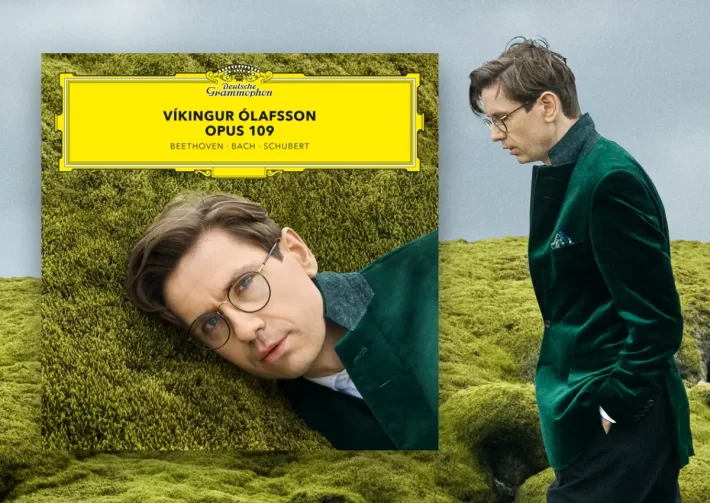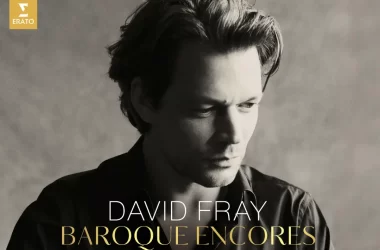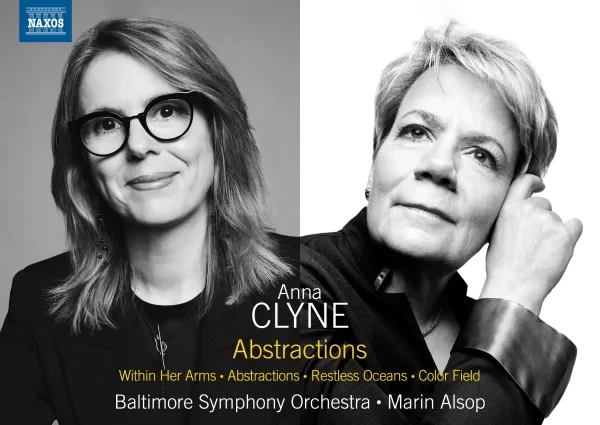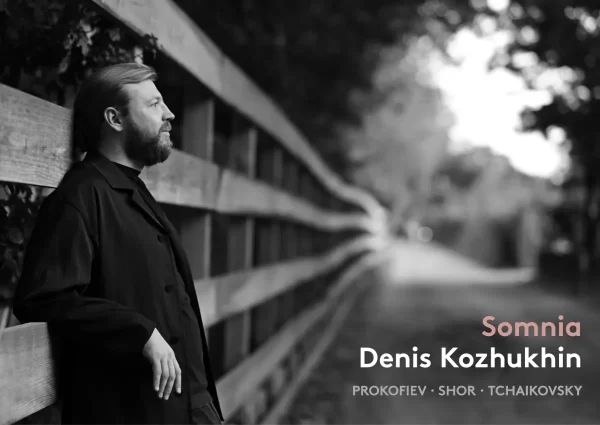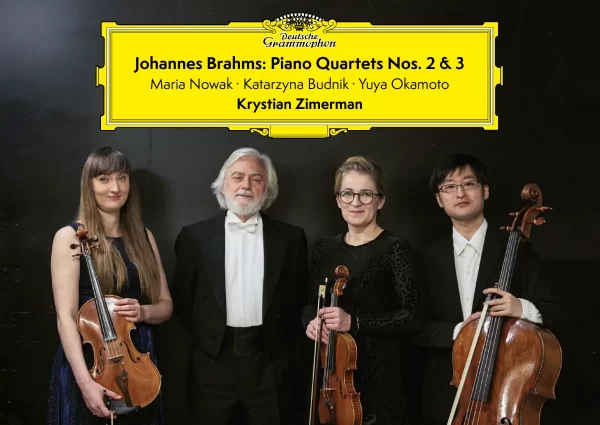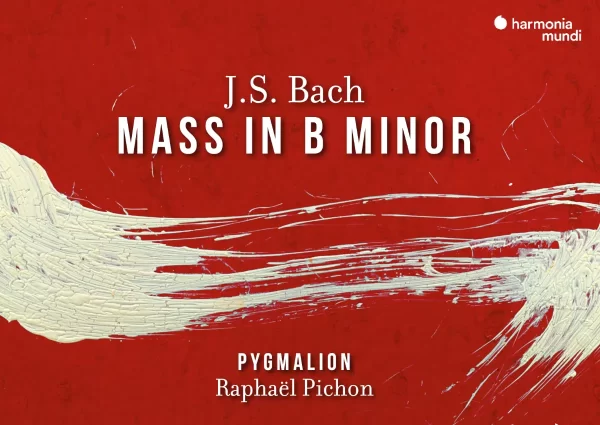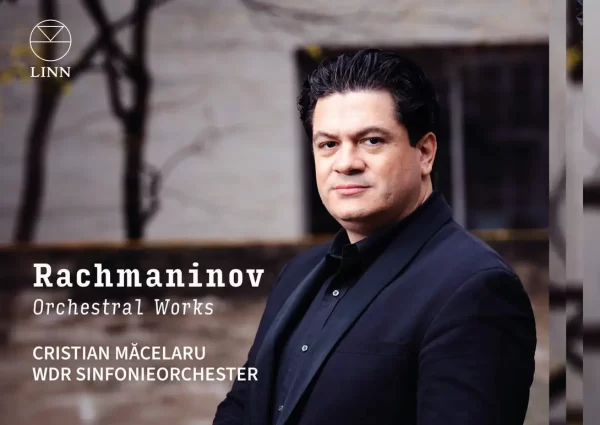There used to be a time when building a program around a single key was not recommended, as it did not allow the audience, even if subconsciously, to enjoy enough tonal diversity. Here we have five works, all in the key of E: Beethoven’s Piano Sonatas Op. 90 & Op. 109, Bach’s Partita No. 6, and Schubert’s Piano Sonata, D. 566. The digital version also includes the Sarabande from Bach’s 6th French Suite, also in E major.

Given listening habits in the post-streaming age, maybe labels do not expect listeners to sit through an entire program, and so the tonality isn’t as much of an issue. But what strikes me while listening to the entire program several times is the unforgiving recording engineering. The microphones are placed right next to the piano strings, and even this is done unevenly; the treble is the closest, while as we go lower on the keyboard, the soundstage becomes more distant. As an example, hear the left-hand bass in Beethoven’s Op. 109’s first movement (0’30”). Listeners who are used to a concert-like recording perspective will think this all sounds too intimate, almost naked. Pop music listeners will feel right at home.
The engineering goes hand in hand with the interpretation. Ólafsson takes special care in voicing Prelude No. 9 from the first book of Bach’s Well-Tempered Clavier, which opens the program. The pearly sound in the right hand is initially lovely, but instead of being followed by the Fugue, we get the opening forte chords of Beethoven’s Op. 90 sonata. The close recording makes these chords sound harsh, and causes the intricate dynamics, carefully written in the score, to be lost.
In his autobiography, My Young Years, Arthur Rubinstein famously wrote negatively about this sonata’s second movement, calling it too repetitive and anticlimactic compared to the first movement. Ólafsson’s solution is to rush through the main theme: the whole movement takes 7’16”, compared to Schiff’s and Levit’s 8’00”. Goode takes a similar tempo, but a more airy tone makes his interpretation more in line with the score’s indication of “Not too quickly and very songful”.
Ólafsson’s credentials as a Bach player are already displayed in his previous albums. Glenn Gould is always present as an influential figure, especially in the meticulously planned ornaments and the choices for non-legato and staccato in phrasing. The Partita’s Toccata and Allemande are played quite nicely, but the Corrente and Air are extremely fast, to the point of sounding mechanical. In performances by Anderszewski, Perahia, and Tureck (who also liked close miking in her home recordings series), the slow Sarabande is the emotional centre of the Partita, while Ólafsson’s quieter take makes less of an impression.
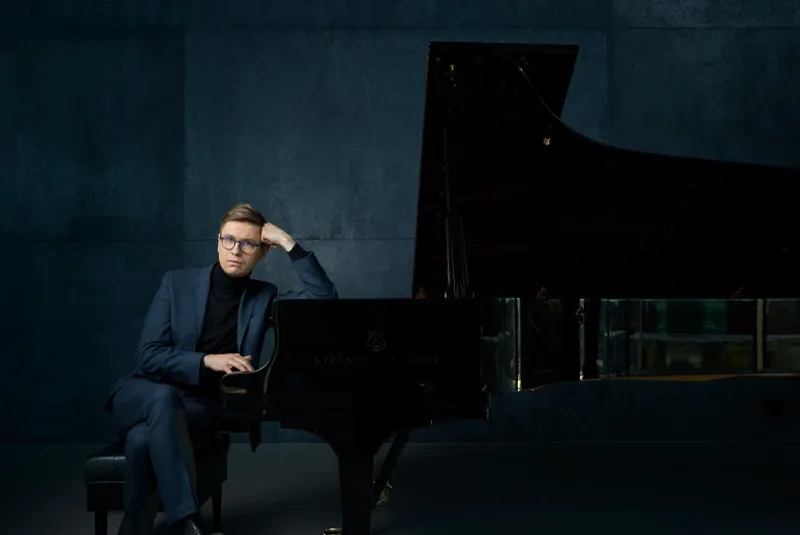
Víkingur Ólafsson (image: © DG)
The engineering fits better with Schubert’s rarely played two-movement Piano Sonata, D. 566. The melody in the first movement sings tenderly, and there is nice voicing in the second movement, where the left-hand accompaniment is placed in the background to the main right-hand theme.
I already mentioned the imbalance in piano registers in the first movement of Beethoven’s Op. 109, yet here Ólafsson sounds more involved and less analytical than in the previous works. There is also no doubt about his finger dexterity in the second movement’s Prestissimo. The third movement, one of music’s greatest creations, opens charmingly and with an appropriate flowing tempo. I also liked the elegant romantic touches in the first variation, which in this case sounds precisely “Molto espressivo”.
In the second and third variations, we are aware of the Bach connection from the previous works, and Ólafsson’s treatment of the short notes in the same manner makes the connection clearer. Only when the pianist transitions from the trills of the last variation into the repeated opening theme (track 15, from 10’45”), perhaps too late in the program, are we reminded of his remarkable pianism.
I would love to like this more than I eventually did, and surely Ólafsson’s admirers will not hesitate to buy, stream or download this album. But I finished my listening sessions with a sense of a missed opportunity, hoping that a more natural, less engineered version of these works will be presented to us in the future, maybe taken live from a recital.
Recommended Comparisons
Piano Sonata, Op. 109
Schiff | Brendel | Levit | Goode | Osborne
Keyboard Partita No. 6
Levit | Hewitt | Perahia | Schiff | Owen

Album Details |
|
|---|---|
| Album name | Opus 109 |
| Label | Deutsche Grammophon |
| Catalogue No. | 94867411 |
| Artists | Víkingur Ólafsson, piano |
Included with an Apple Music subscription:
Available on Presto Music
Latest Classical Music Posts

